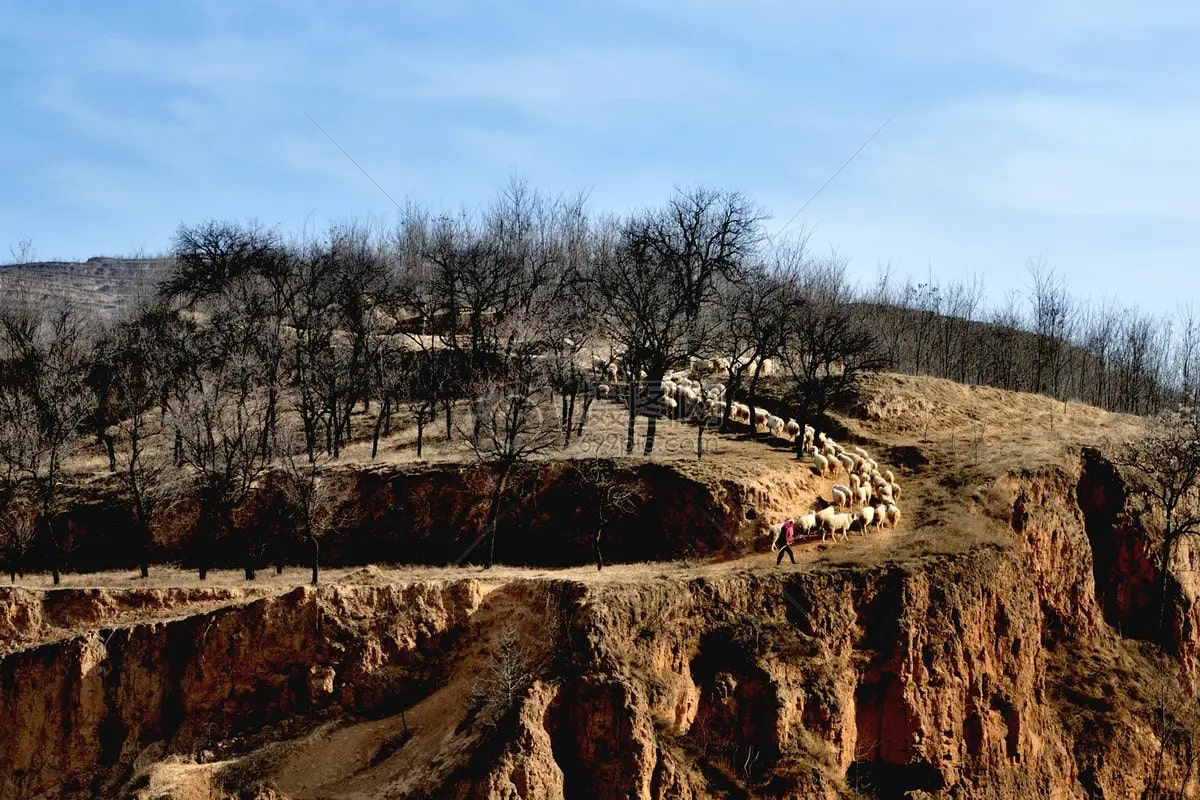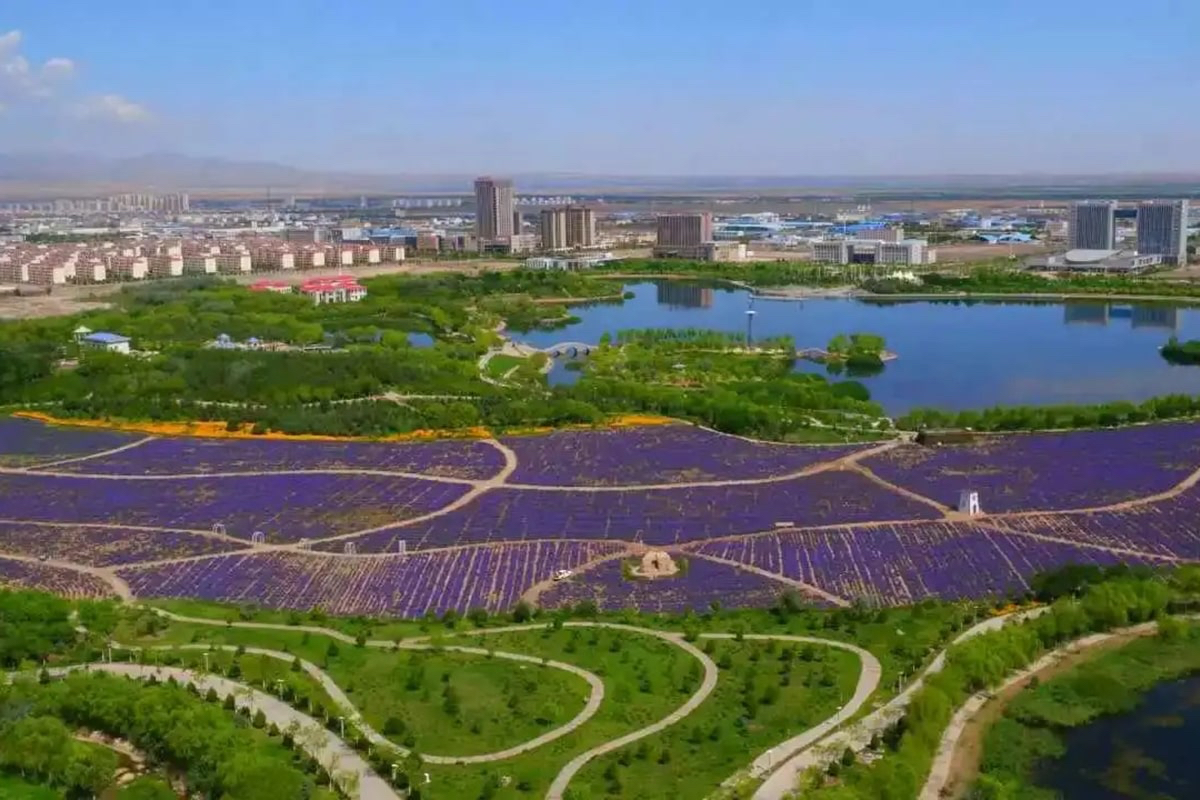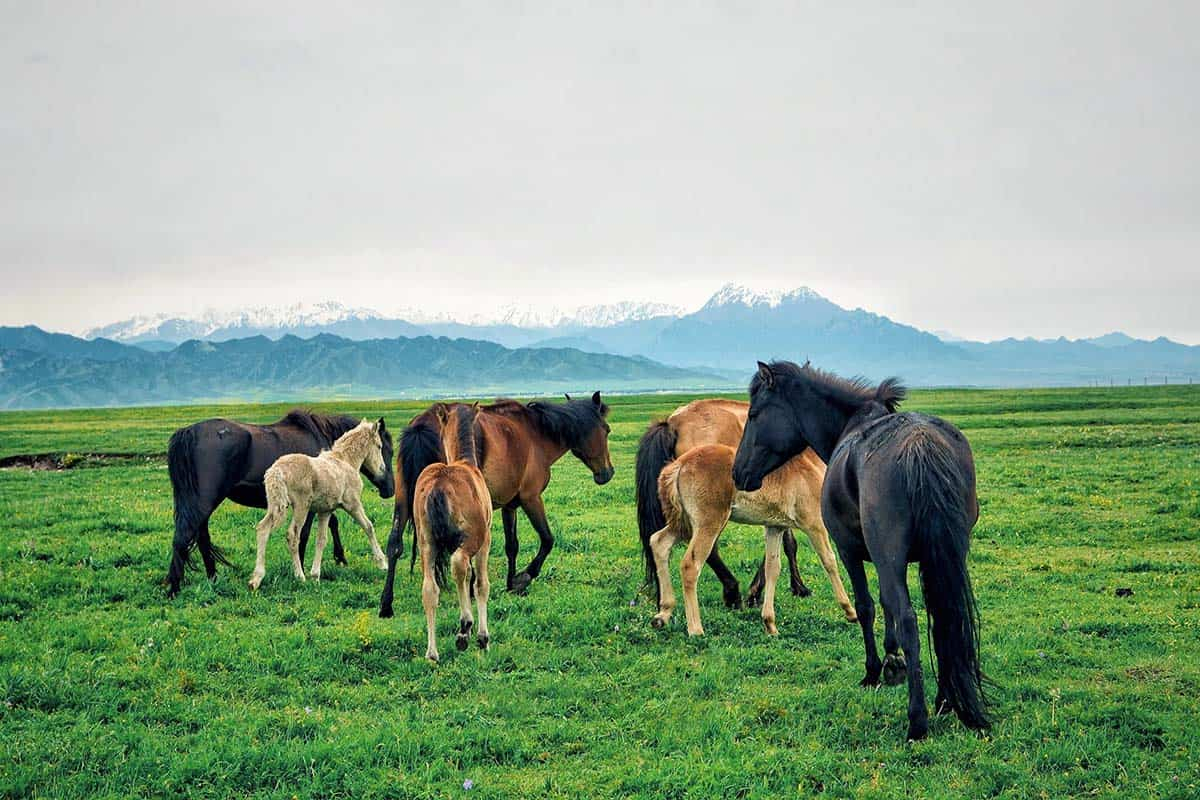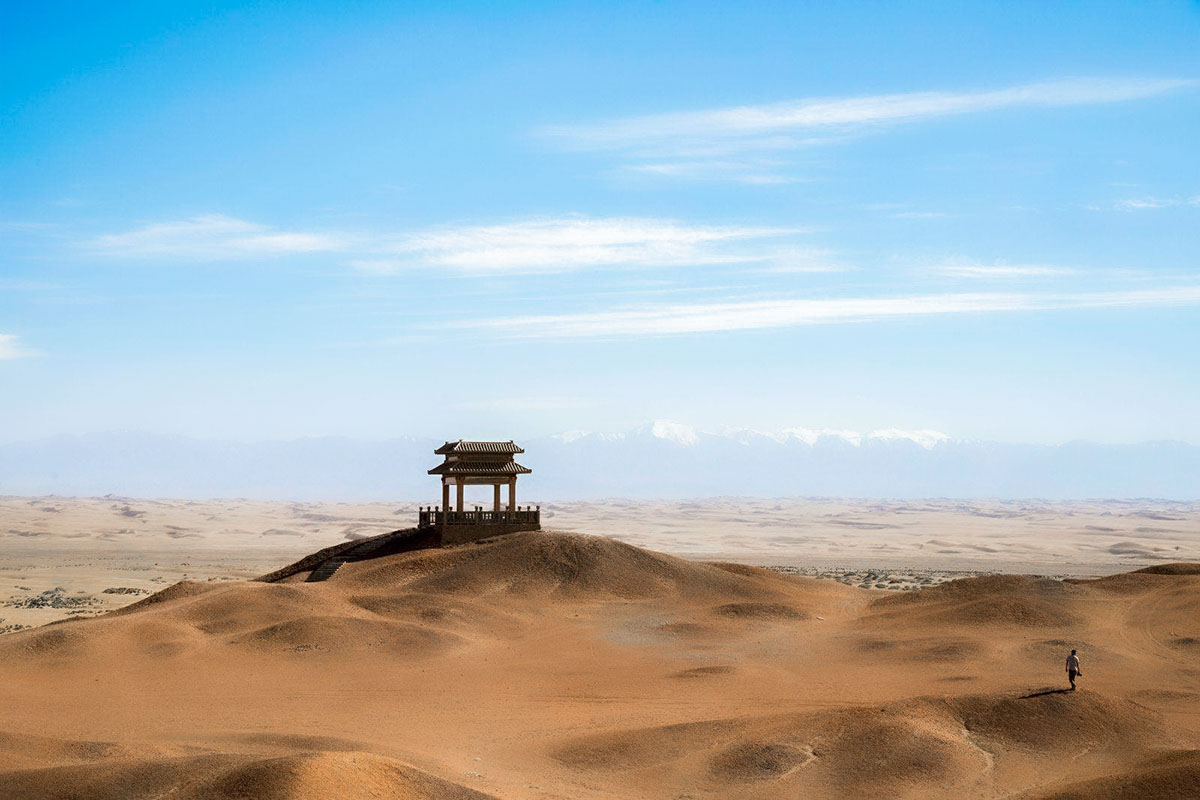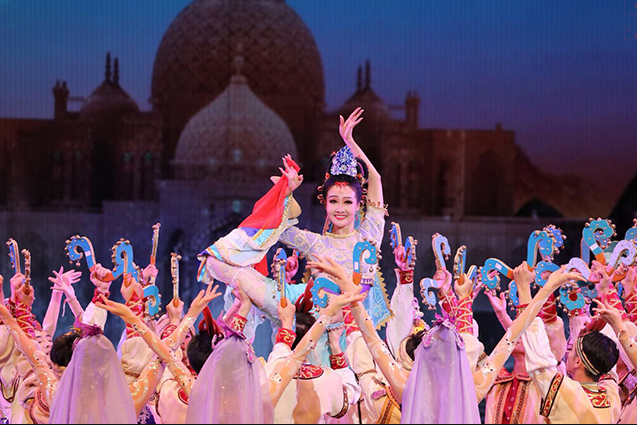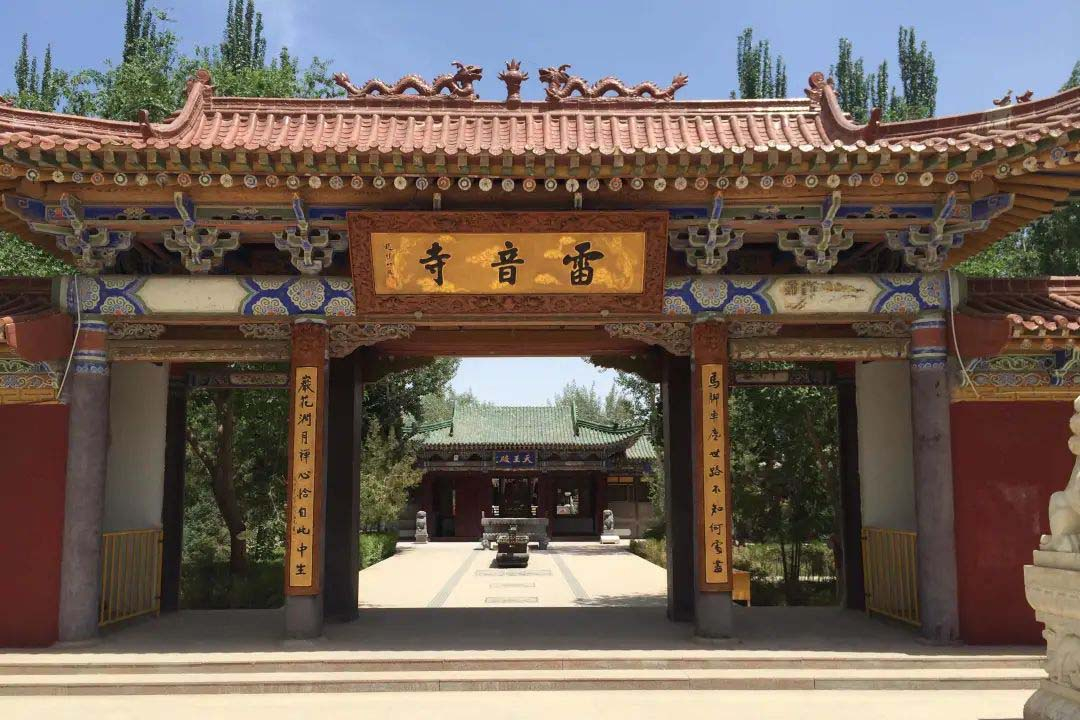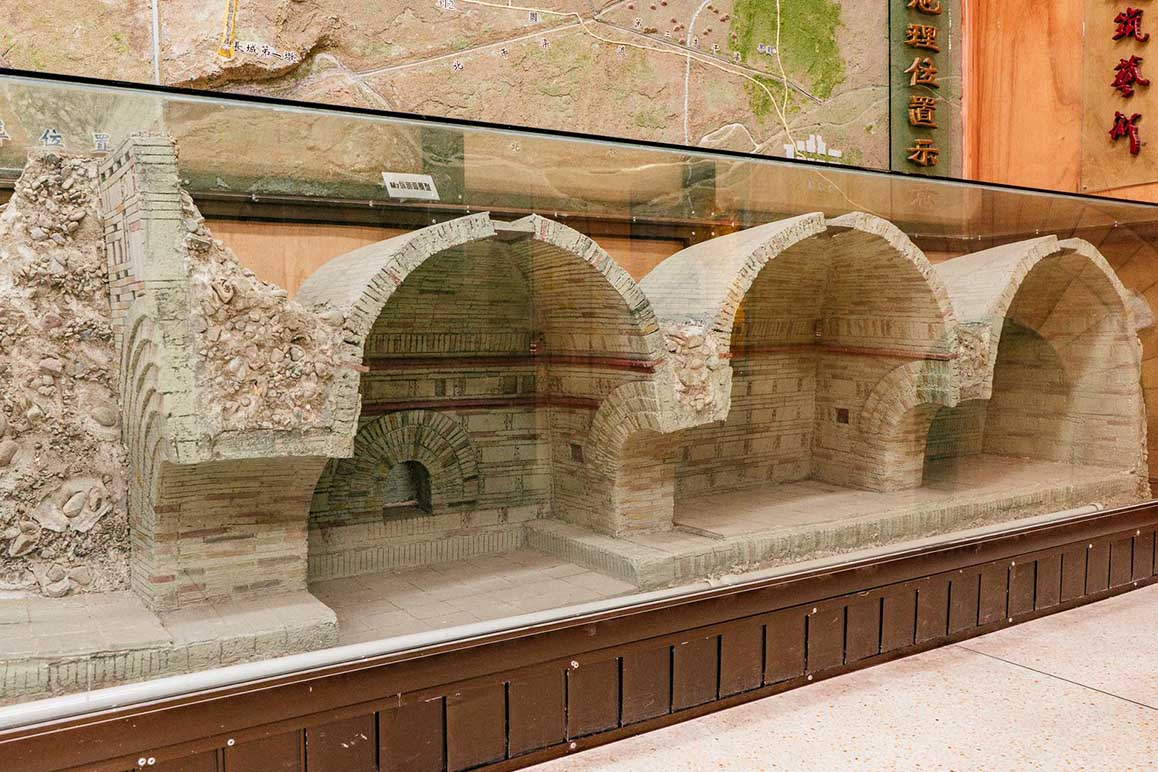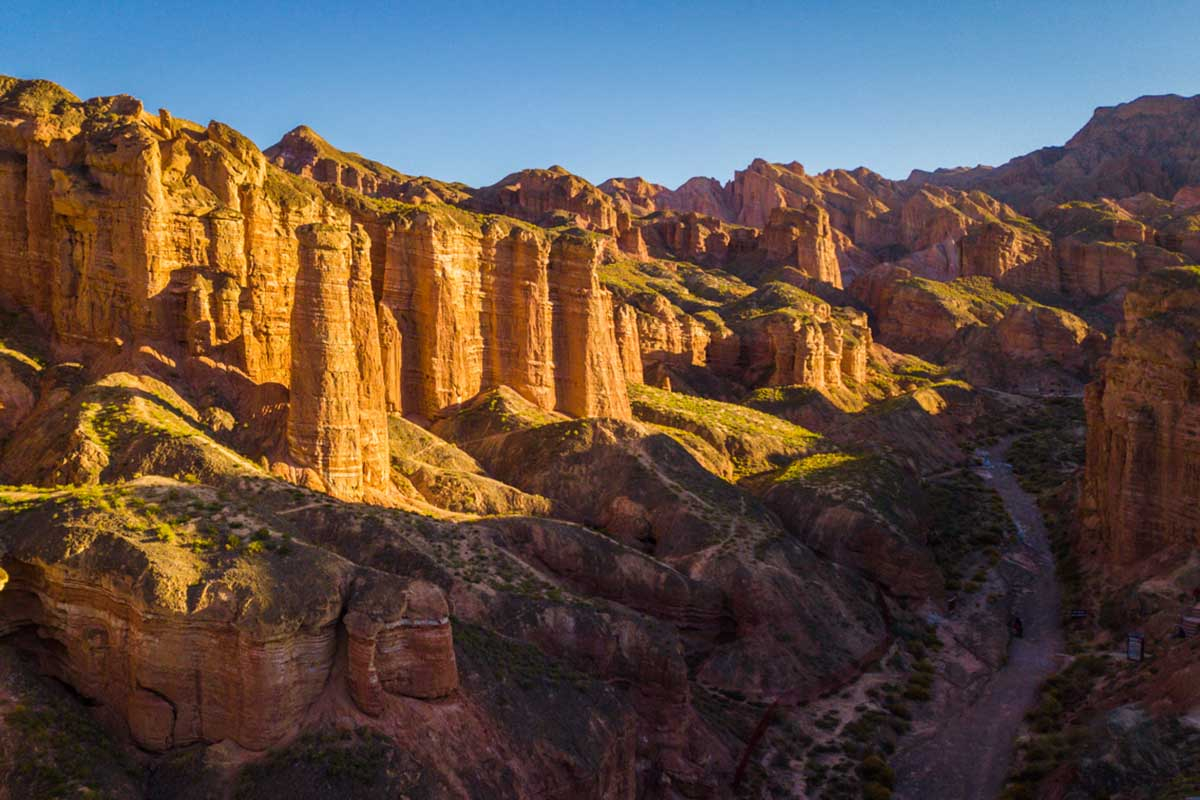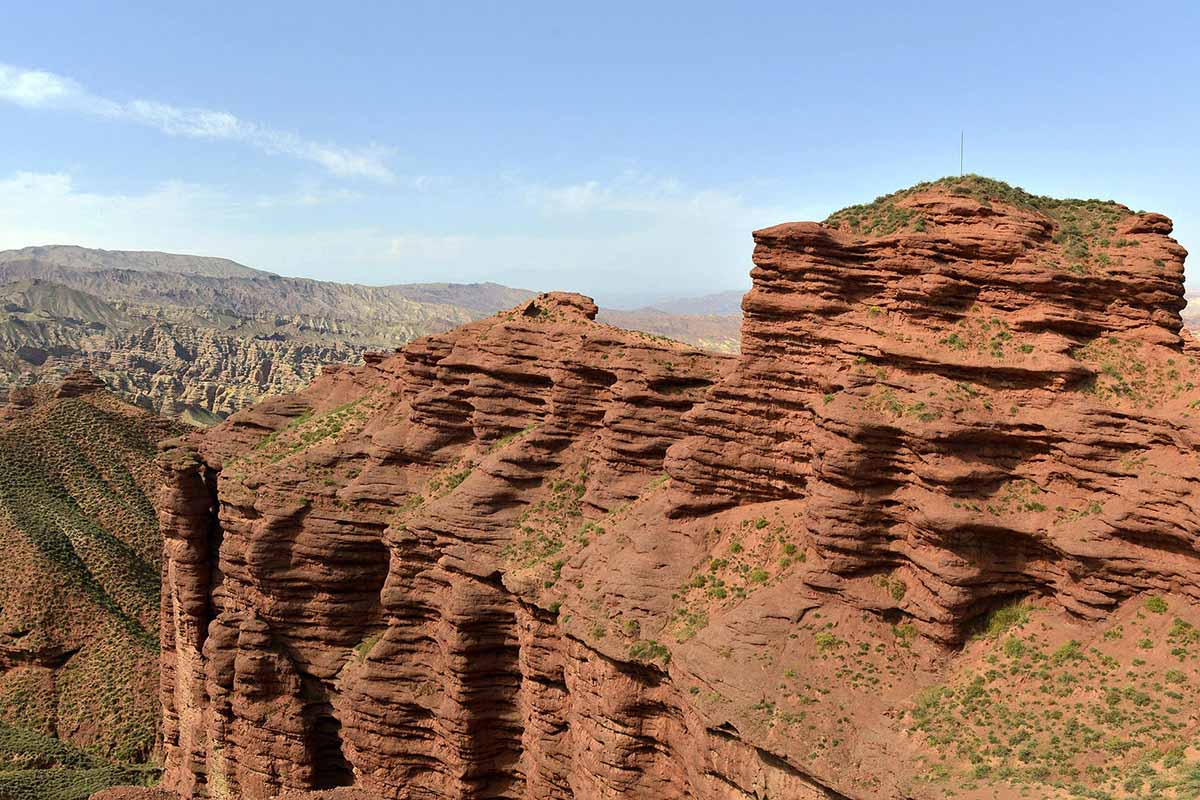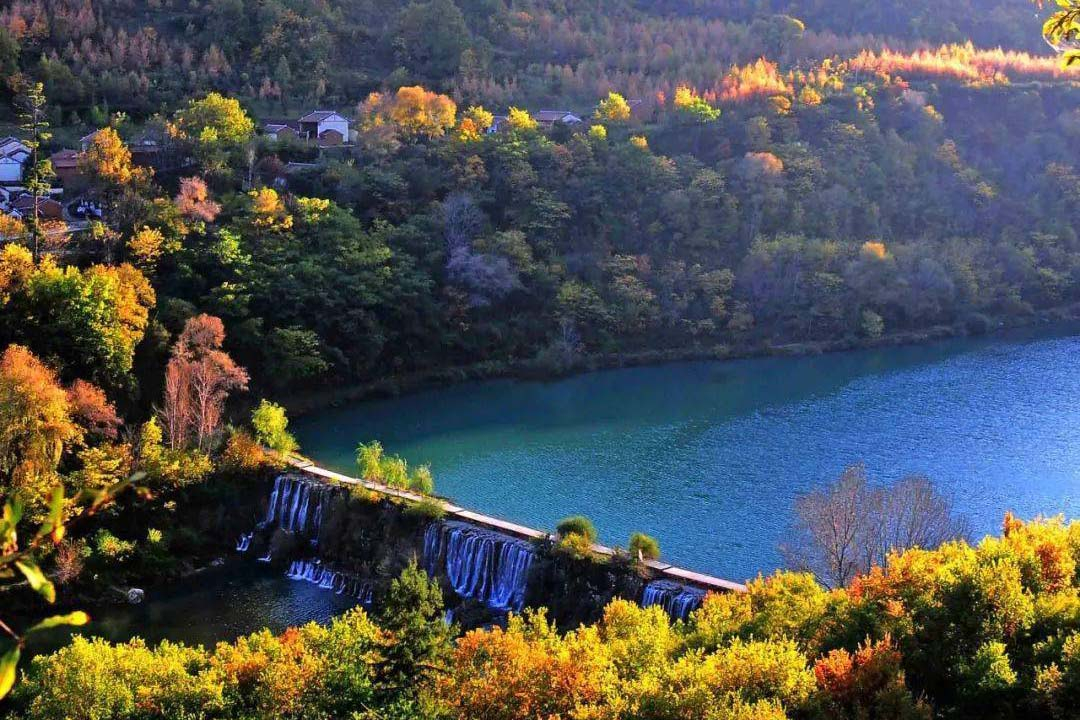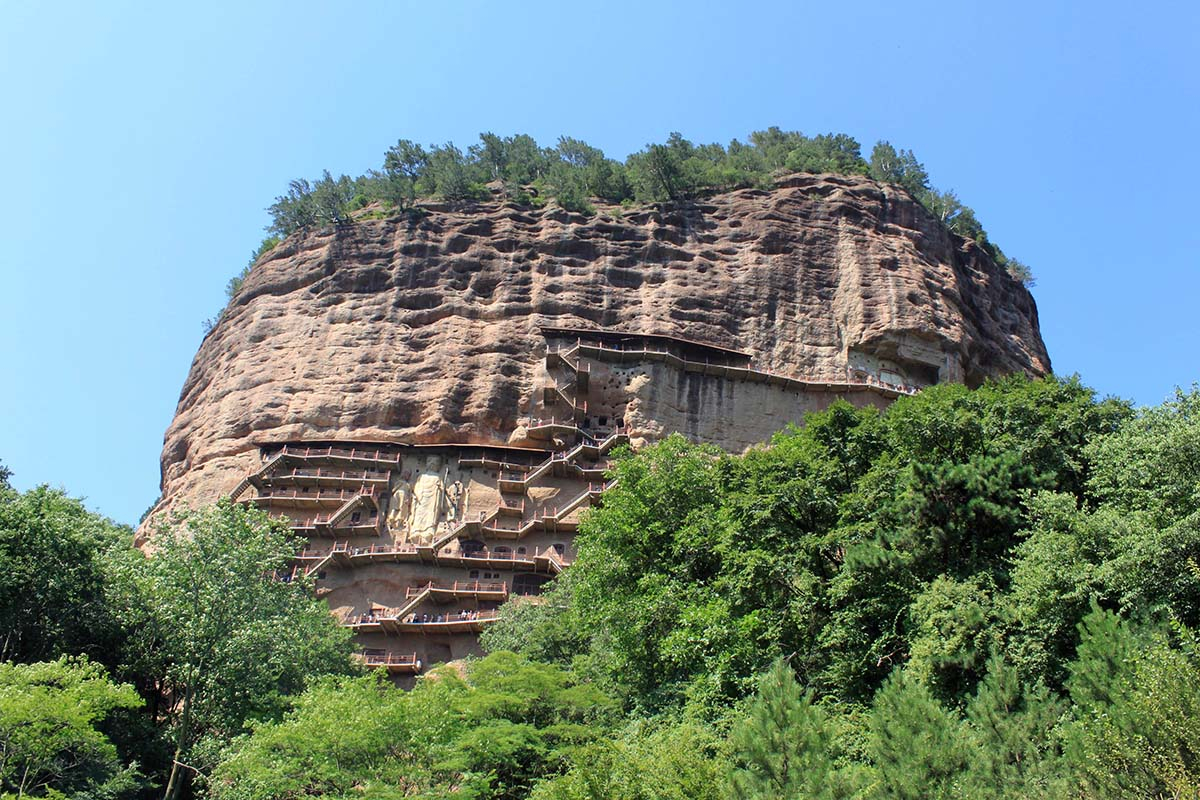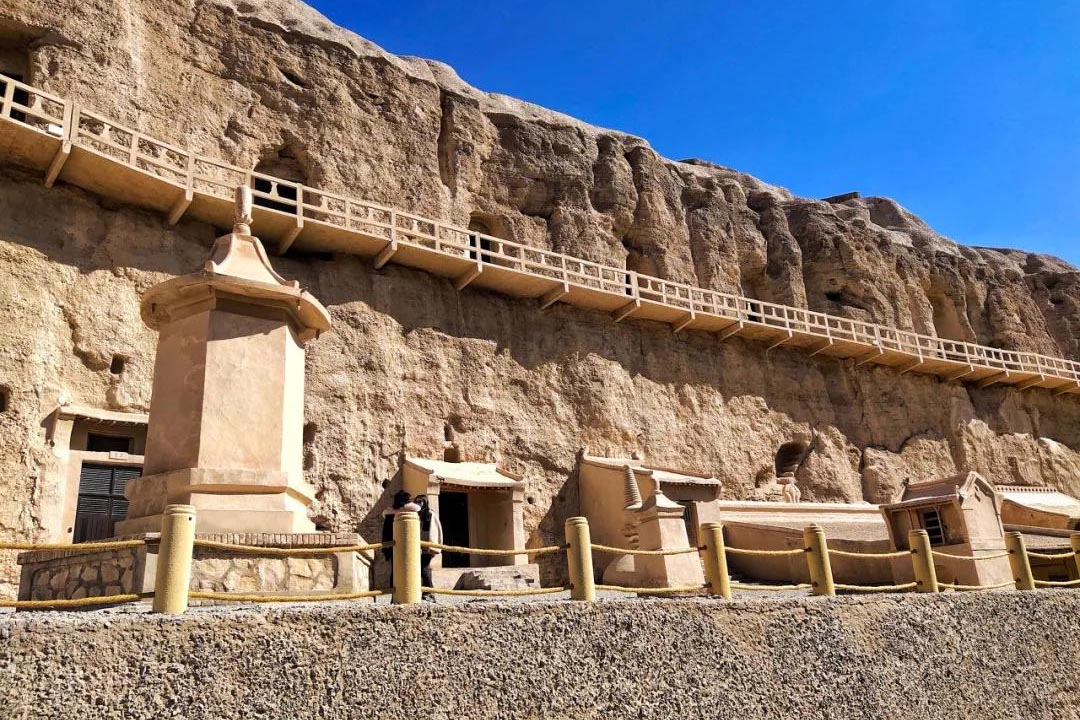Gansu Qingyang Travel Guide
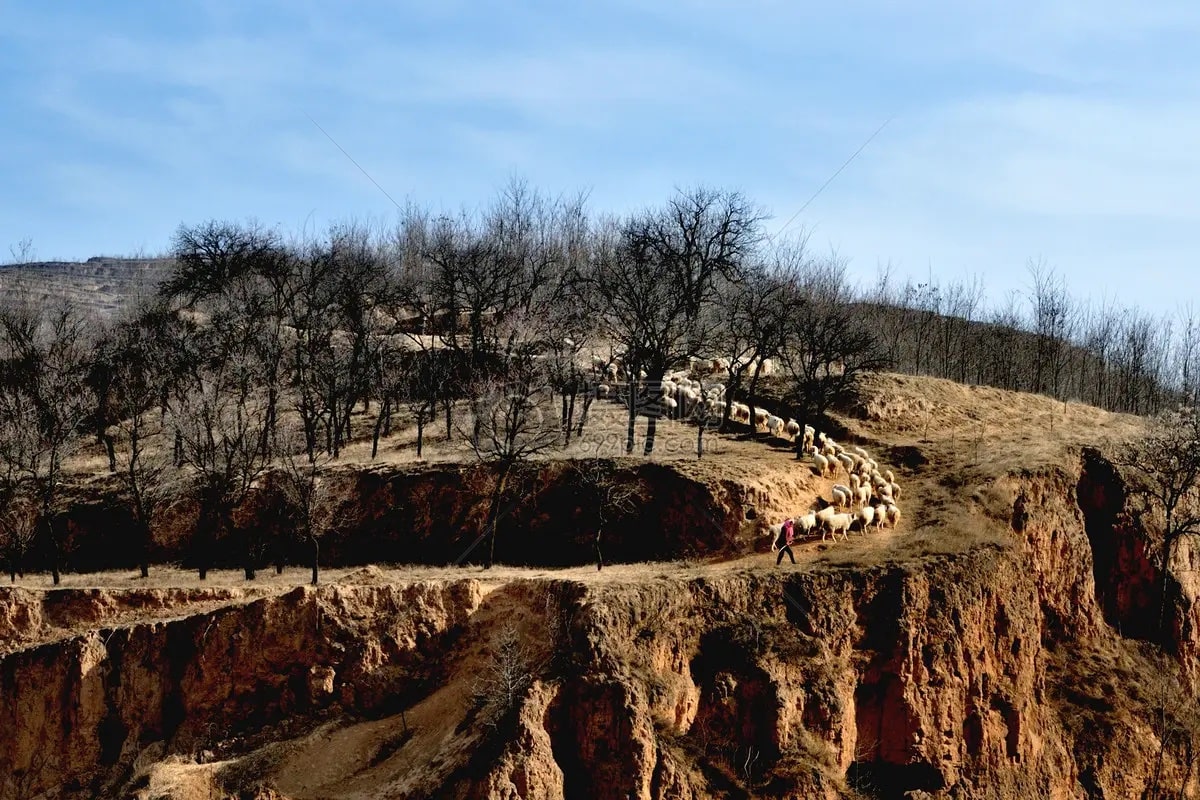
Qingyang is a prefecture level city under the jurisdiction of Gansu Province, the chemical base of petroleum and natural gas in Gansu Province and the main production area of Changqing Oilfield. It has jurisdiction over 1 district and 7 counties with a permanent population of 2,179,716. Qingyang City was a scattered and mixed area of ethnic minorities in history. There are 29 ethnic minorities, including Hui, Tibetan and Manchu, with Hui as the main minority.
Qingyang is located in western China and the east of Gansu Province, adjacent to Shaanxi Province and Ningxia Hui Autonomous Region with a total area of 27,119 square kilometers. It is known as "hometown of the ancestor of traditional Chinese medicine", "source of agriculture" and "new capital of energy" and "granary of eastern Gansu Province". Qingyang City is an inland area in the middle reaches of the Yellow River.
Qingyang City is also the hometown of "Pterosaur of Huanjiang" and "Ancient Flumen Stegodon of the Yellow River", the birthplace of China's "first paleolithic", one of the birthplaces of the early agricultural civilization of the Chinese nation, the birthplace of traditional Chinese medicine culture and the originator of traditional Chinese medicine Qi Bo, the old revolutionary base of Gansu Province and the birthplace of Changqing Oilfield.
● What to do & where to go in Qingyang
Qingyang City has 19 national key cultural relics protection units, 61 tourist attractions, including 56 humanities and 5 natural sceneries. The main scenic spots are: The Zhou’s ancestor’s Mausoleum Forest Park, Gongliu Temple, Longdong Folk Museum, Qihuang Museum of Traditional Chinese Medicine, Ziwuling Mountain, Red Nanliang, Sanchengbao Battle Site, North Grottoes Temple, Shikong Temple Grottoes, East Laoye Mountain, Xiajiagou Valley Forest Park, Qianfu Mountain Forest Park, East Lake Park, Nanxiaohegou Valley, etc.
In 2011 and 2012, Qingyang was listed as one of the top 10 characteristic leisure cities in China.
● What to eat in Qingyang
Qingyang is located in the special zone where North China connects to northwest China and grassland culture connects to farming culture. The agriculture of Zhou Zu developed early here, but it has been occupied by nomads for a long time. The long-term coordinated development of agriculture and animal husbandry has resulted in the characteristic cuisine of Qingyang, which takes agricultural products as the main material and animal husbandry products as the auxiliary materials.
The main dishes are: mutton soup, noodles with minced meat, braised lamb cubes, warm pot, buckwheat noodles, enema and so on.
● Transportation
Railway: Qingyang is an hour and a half to Xian, less than 7 hours to Beijing.
Highway: Qingyang is 3 hours to Xian and 6 hours to Lanzhou.
Airport: Qingyang Xifeng Airport has domestic flights to Lanzhou,Beijing Daxing, Shanghai Pudong, Tianjin, Chengdu, Haikou, Shenzhen and Harbin.
● Climate
Qingyang City is a continental climate. The wind blows from the northwest in winter and from the southeast in summer. Winter is cold and sunny, summer is hot and rainy. Rainfall is more in the south and less in the north and more concentrated between July and September. The temperature in the south is higher than that in the north, with an annual average temperature of 9.5 ℃-
10.7 ℃ and a frost-free period of 140-180 days. The annual sunshine is 2,213.4-2,540.4 hours, the total solar radiation is 125-145 kcal/m2, and the average ground evaporation is 520 mm. It is generally arid, mild and light-rich.
- HOTEST
- RECOMMEND
